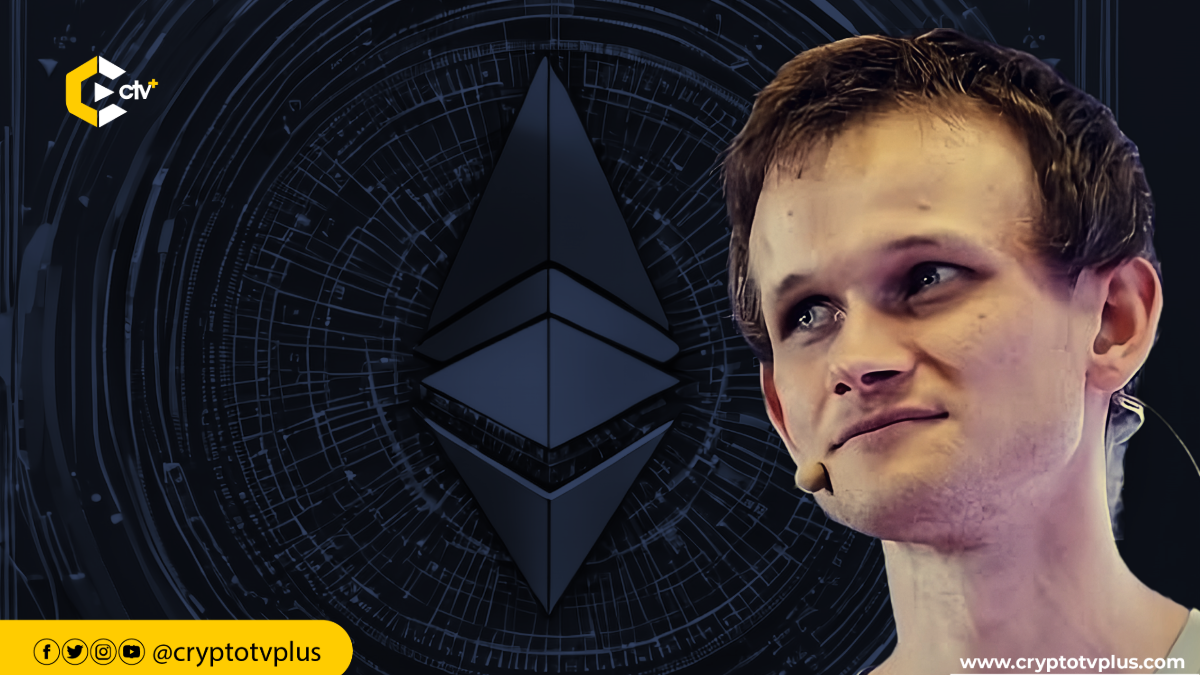News
Vitalik expresses support for ERC 7683 to standardize cross-chain transactions

ERC 7683 is poised to transform cross-chain transactions, offering a new standard that promises to make transferring tokens across blockchains simpler, faster, and more secure.
In a short video posted on X, Vitalik Buterin, co-founder of Ethereum has expressed support for the development of ERC 7683, a new standard for cross-chain transactions. Vitalik stated that executing transactions using the ERC 7683 involves batching, Merkle proving, and other on-chain activities to transfer tokens across different chains efficiently.
Batching groups multiple transactions together, and Merkle proving securely verifies them. While giving an example of how the standard will work, he said that with ERC 7683 in place, users can paste an ERC 7683 address into a wallet, and with a click, easily transfer any token on any chain to another person.
Developed collaboratively by Uniswap Labs and Across Protocol, ERC 7683 aims to address longstanding challenges in the blockchain ecosystem. These issues include fragmented relayer systems and high transaction costs, which have historically hindered seamless interaction between different blockchain networks.
One of the core innovations of ERC 7683 is its use of “intents,” allowing users to specify desired outcomes without detailing the technical steps required to achieve them. This approach significantly enhances the flexibility and user-friendliness of cross-chain operations.
Across Protocol, one of the key developers behind ERC 7683, is a decentralized interoperability solution known for facilitating rapid, secure, and cost-effective cross-chain transactions. The protocol primarily focuses on bridging assets between Ethereum and various other blockchain networks.
Cross-chain transactions in Web3 face several significant challenges that hinder seamless interoperability between different blockchain networks. One of the primary issues is the fragmentation of the blockchain ecosystem, where numerous networks operate independently, each with its consensus mechanisms and protocols. This isolation complicates the transfer of assets and data across chains, making it difficult for users to navigate the multi-chain landscape effectively.
In case you missed it: Vitalik Buterin proposes EIP-7706 to reduce gas fees and improve network efficiency
Gas efficiency is another critical challenge, as cross-chain transactions often incur high fees. Users must manage separate gas tokens for the source and destination chains, which can lead to a poor user experience and increased costs.
Additionally, issues such as price slippage and front-running can arise during these transactions, where delays allow others to manipulate market prices, negatively impacting the original transaction.
Security is also a major concern in cross-chain transactions. Many current solutions depend on trusted setups, which can be risky. Protecting assets during these transfers is challenging because it requires strong cryptographic security, and attacks could happen in many ways.
Additionally, if a transaction is reversed on the original chain after it has been completed on the destination chain, it can cause serious problems. The introduction of ERC 7683 is expected to address these issues. By standardizing cross-chain transactions, it aims to reduce complexity, lower costs, and enhance security across the blockchain ecosystem.
The new standard ERC-7683 is anticipated to play a crucial role in Uniswap’s forthcoming platform, UniswapX, which aims to offer gas-free cross-chain token swaps. While ERC 7683 is still in development, its potential adoption could mark a significant leap forward in blockchain interoperability.
The implementation of ERC 7683 could have far-reaching implications for the broader adoption of blockchain technology. By simplifying cross-chain interactions, the standard could make decentralized finance (DeFi) applications more accessible to a wider audience, boosting liquidity across chains, and potentially accelerating the mainstream adoption of blockchain-based financial services.
While the full impact of ERC 7683 remains to be seen, its development signals a growing recognition of the need for improved interoperability in the blockchain space.

























Pingback: Crypto Fundraising Surges in Q2 2024, Despite Fewer Deals | CryptoTvplus - The Leading Blockchain Media Firm